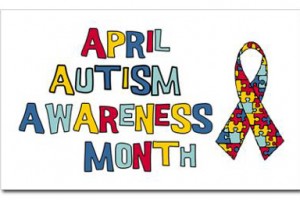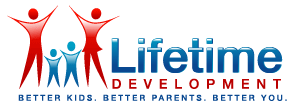 Just two decades ago, autism was a mysterious and somewhat obscure disorder, commonly associated with the movie Rain Man and savantism. It affected an estimated 1 in 5,000 children.
Just two decades ago, autism was a mysterious and somewhat obscure disorder, commonly associated with the movie Rain Man and savantism. It affected an estimated 1 in 5,000 children.
How times have changed. Today, thanks to awareness and advocacy efforts, people now have a much better understanding of autism.
- The Centers for Disease Control (CDC) now estimates that a staggering 1 in 88 children, including 1 in 54 boys, in the United States has been diagnosed with an autism spectrum disorder.
- Another recent federal report presented data that autism prevalence among school-aged children, as reported by parents, is 1 in 50.
- An Autism Speaks-funded South Korean study, which used a more rigorous methodology, found a prevalence of 1 in 38 students.
April is Autism Awareness Month, a good opportunity to reflect on the notable progress made by researchers, as well as the critical importance of building on this success and advancing the science much further.
Here are ten important things we’ve learned about ASD in the past twelve months that not only hold interest for researchers and clinicians, but also offer new insights and actionable information for parents:
1. High-quality early intervention for autism spectrum disorder (ASD) can do more than improve behaviors, it can improve brain function.
2. Being nonverbal at age 4 does NOT mean children with autism will never speak. Research shows that most will, in fact, learn to use words, and nearly half will learn to speak fluently.
3. Though autism tends to be life long, some children with ASD make so much progress that they no longer meet the diagnostic criteria for autism. High quality early-intervention may be key.
4. Many younger siblings of children with ASD have developmental delays and symptoms that fall short of an autism diagnosis, but still warrant early intervention.
5. Research confirms what parents have been saying about wandering and bolting by children with autism: It’s common, it’s scary, and it doesn’t result from careless parenting.
6. Prenatal folic acid, taken in the weeks before and after a woman becomes pregnant, may reduce the risk of autism.
7. One of the best ways to promote social skills in grade-schoolers with autism is to teach their classmates how to befriend a person with developmental disabilities.
8. Researchers can detect presymptom markers of autism as early as 6 months — a discovery that may lead to earlier intervention to improve outcomes.
9. The first medicines for treating autism’s core symptoms are showing promise in early clinical trials.
10. Investors and product developers respond to a call to develop products and services to address the unmet needs of the autism community.
We must do more to help the millions of people living with autism today maximize their potential and lead fulfilling lives. They and their families — our friends, relatives and neighbors — deserve nothing less.
Source:
http://www.huffingtonpost.com/geraldine-dawson-/autism-awareness-day_b_2979117.html
